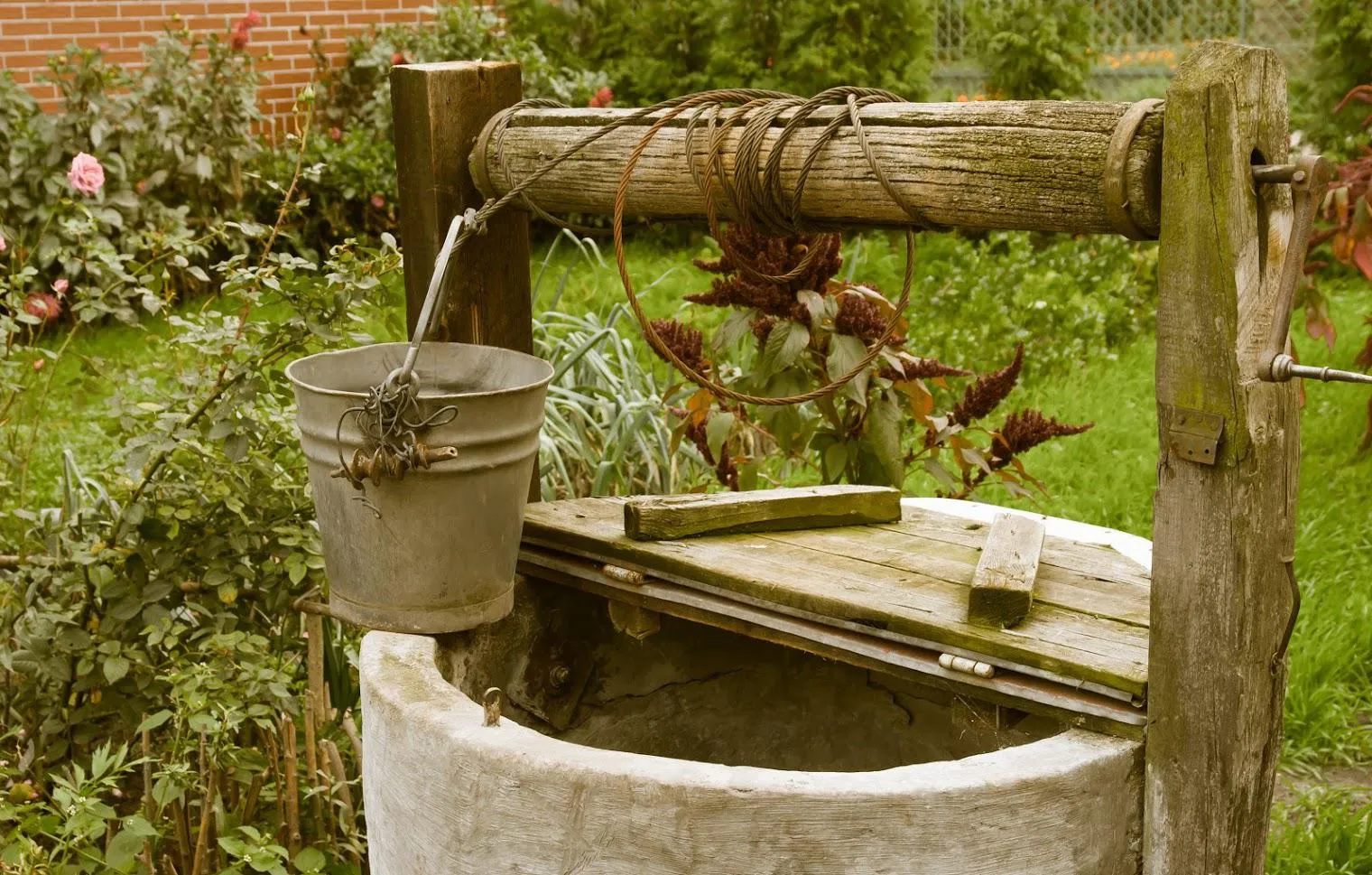
Residential Water Wells: The 411
If you want to build a home in an area without a hookup to a municipal water system, then you need to plan on a water well. A residential water well gives you access to all of the water you and your family require without having to connect your household pipes to a city water line. This article examines some basic facts about a water well on your land.
The Main Types of Wells
The simplest type of water well to construct is one dug by a machine such as a backhoe. A dug well is rather shallow, however, and might not go down deep enough to give you a good supply of potable water.
A second type of well is called a driven well, which is created by driving a pipe into the land to a depth of about 30 to 50 feet. Driven wells typically draw water from fairly close to the surface, which is sometimes a problem, as water closer to the surface is more likely to contain contaminants.
The third type of water well is a drilled well. A professional driller constructs the well by using powerful drilling machines and then installing a casing in the hole. Drilled water wells can go down much deeper than the other main types of well, so you have a reduced risk of contamination if you chose this type of well.
The Right Location for the Well
You must select a good location for the well, as a bad location will lead to problems, such as expensive repairs, later on. A crucial consideration is whether any underground utility cables are on your land. You don’t want to accidentally cut a utility cable during the well installation. Contact all local utilities before any work begins to make sure that no cables are present.
The slope of your land is also important. Locate the well on an elevated site of your property so that water does not drain toward the well and pool around it. Never place a well on any piece of land that is marshy or is prone to flooding.
Another key consideration is access. A water well specialist will need to have access to the well so that they can perform inspections from time to time. Regular inspections are necessary to ensure that all the components work properly.
Avoid These Locations
You must avoid locating the well on areas on your property that contain certain features. For example, do not locate a well within 50 feet of a septic tank or within 200 feet of a landfill or garbage dump. Also, don’t choose a spot that is within 20 feet of a road or five feet of your property line.
Note that the distance listed above are minimum standards. Your local building office could have more stringent regulations, so check with the building agency before selecting a location.
If any part of your land has a lot of large rocks on the surface, don’t choose that area as a location for the well. When a piece of land is rocky on the surface, this generally means that the soil beneath the surface is rocky as well. You don’t want a rocky location because it makes things considerably more difficult and time-consuming for the drilling company.
Planning and installing a residential water well is a complex undertaking and not something that the average person can expect to do on their own. To do the job right, you need the advice from an expert, such as the experienced professionals at Bruce MacKay Pump and Well Service, Inc. Contact us to learn more.
